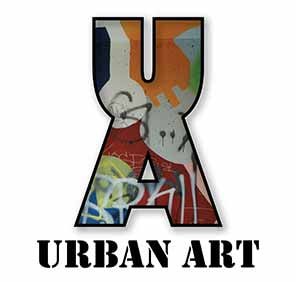When I began to write about Edward Hopper, I realized I was going in two different directions, so today, I am focusing on the artist. In a second blog, I will write about his technique of using warm and cool colors.
Hopper is an artist whose work I adore, although this hasn't always been the case. As a young woman, I thought of his work as old-fashion buildings and scary-looking people! Oh. The arrogance of youth!
It took a better and more experienced artist to help me reconsider the work of Hopper, Dr. Walter Ball. Ball was the head of my committee when I received a Master's in Painting at Northern Illinois University. I have written about Walter and his profound influence on me as an artist in previous emails/blogs so I will summarize.

Dr. Ball was a talented artist and a well-read and highly intelligent man. In any conversation on the arts, if I could understand half of what Ball told me, I felt I was doing pretty well! His knowledge was deep and multi-layered.
Dr. Ball told me that Edward Hopper was a colorist who used warm light and cool shadows. I knew Hopper's famous painting, Night Hawks, from attending college at the School of the Art Institute of Chicago. Still, I didn't fall in love with his work until I visited Newfields, the art museum in Indianapolis. The paintings New York, New Haven, and Hartford, 1931, and Hotel Lobby, 1943, allow you to get up close and personal with Hopper (just don't let the guard catch you too near the pieces!).

Photos rarely do justice to paintings, which is especially true of the New York, New Haven, and Hartford photos. Although difficult to see, there is the subtle use of warm light and cool shadows throughout this painting. It's lovely, especially when you understand the technique.

Hopper's compositions are a joy, and the painting Hotel Lobby is not to disappoint on that front. Yes, the people are still remote and creepy, but I have come to love them in all their remoteness. I read years ago that Hopper was not a huge lover of humans, so if that was true, that might explain a lot! Creepy people aside, I could write pages on the beautiful composition and color alone!

Another Hopper piece that excites me I ran across at the Walker art museum in Minneapolis, Minnesota. The painting Office at Night, 1940, is a small gem. The Walker did an excellent job sharing information about the work's inspiration. It was through the Walker that I learned of the painting's inspiration.

Office at Night had its root in Hoppers' many trips on the elevated trains in NYC. That spoke to me. I still vividly recall taking the elevated trains (Els) in Chicago when I went to college. In some cases, the train would travel so close to buildings that if the train window could open, you would have been able to touch the bricks. Like Hopper, I loved looking into the windows as we raced by. Having been in many an apartment near the Els, I can still clearly hear the rumble of the train and its whistle.
In the 2020 article by Alex Wexelman, How New York Shaped Artist Edward Hopper, Wexelman discusses Hopper and the NYC Els.
"The now-defunct elevated trains in Manhattan were pivotal for Hopper's sensibility. From this vantage point, the artist had a clear look into the windows of the city's residents. As a result, Hopper's work is imbued with a voyeuristic feeling of a freeze-framed glimpse into someone else's world, a homed-in look at the ennui experienced in our private spaces that can become public, if only for a fleeting moment."
This vision of Edward Hopper speaks to me louder with each passing year. I no longer see old-fashion buildings and scary-looking people. I was in Chicago taking photos in the Loop in September 2022. I could hear the Els breaking around the corners of the tracks and smell the mechanical smell of the trains. As I took photos of buildings, some well over a hundred years old, I saw Hopper architecture through my camera lens. And if I am honest with myself, at least Hopper included human features on his people; my people are often only silhouettes!
Links:

